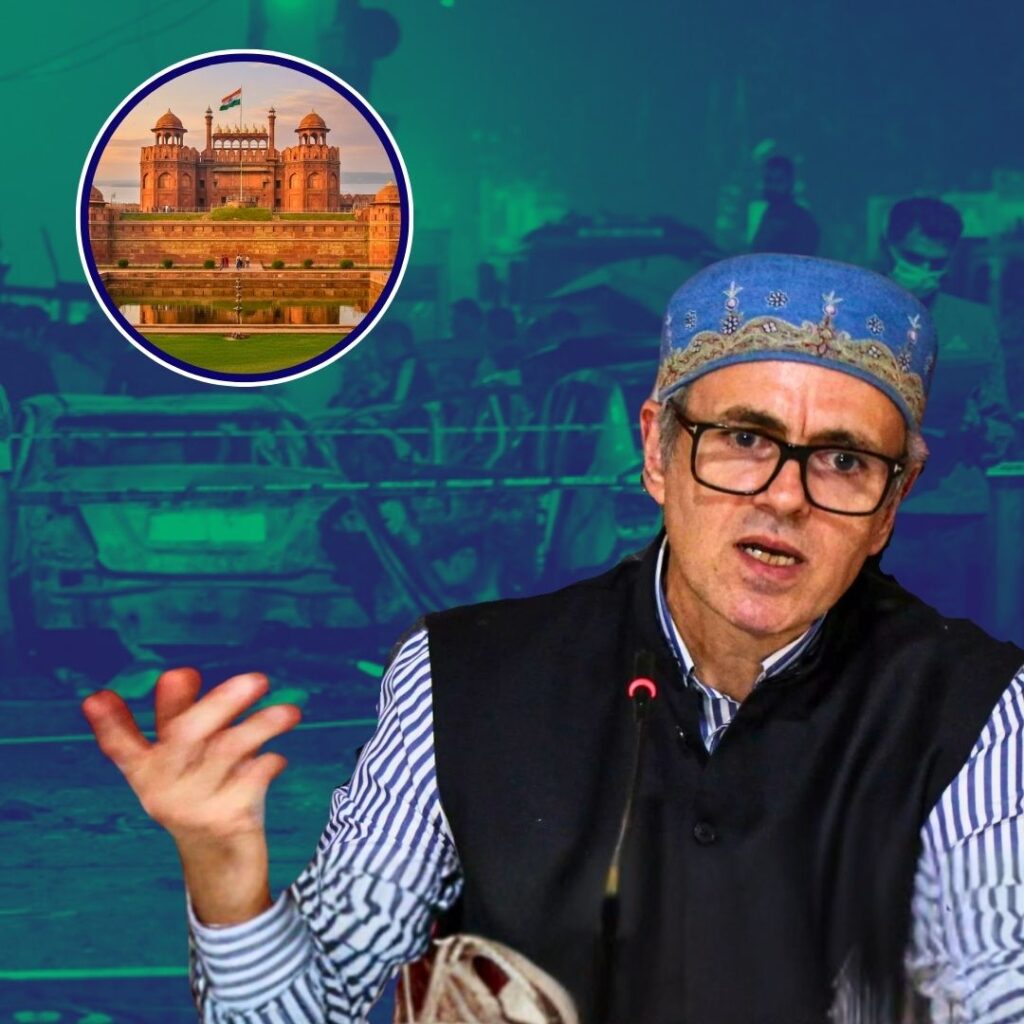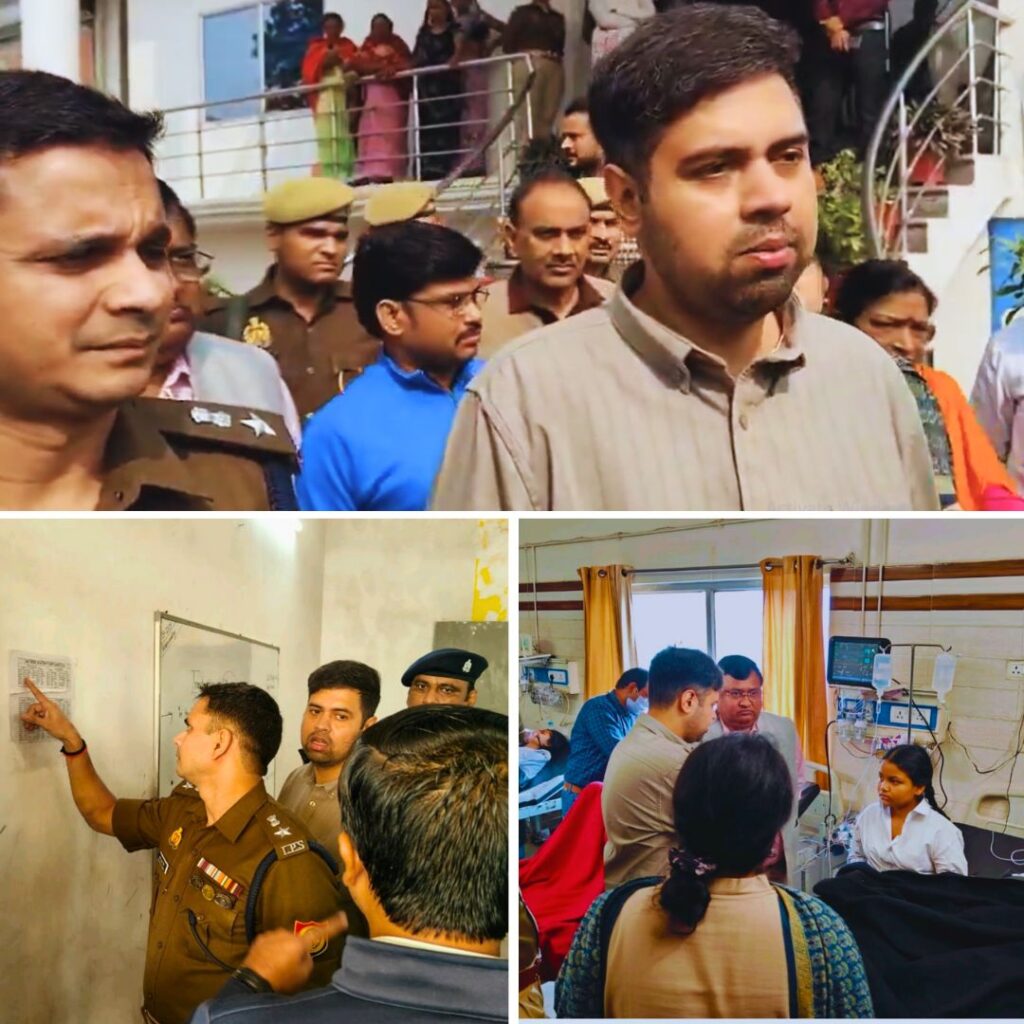Silicosis, a preventable but incurable lung disease caused by inhaling silica dust, remains a critical occupational health challenge in India, affecting over 52 million workers as of 2025, primarily in mining and stone-related industries. Prevalence rates reach up to 79% in regions like Rajasthan, exacerbating tuberculosis and drug-resistant infections.
The Supreme Court has declared silicosis prevention a human rights obligation, mandating judicial and governmental oversight. State governments, notably Rajasthan and Gujarat, have launched targeted policies involving compensation schemes, dust control regulations, and awareness initiatives. Despite these interventions and ongoing parliamentary debates, implementation challenges persist, underscoring the urgent need for coordinated action across sectors.
The Silent Epidemic’s Toll and Scientific Insights
Silicosis continues to devastate workers’ health in India’s mineral-rich zones. Recent studies show an average prevalence of 31.39% among exposed populations, with concentrated clusters experiencing rates as high as 79%.
The disease causes progressive lung scarring, respiratory failure, and often co-occurs with tuberculosis, complicating treatment and leading to higher mortality rates. Research highlights the promise of early detection methods, including the CC16 biomarker for lung damage and AI-powered chest X-rays, which could revolutionize diagnosis even in remote locations. However, many workers in informal sectors remain underserved due to inadequate access to healthcare and safety equipment, amplifying vulnerabilities and economic hardship.
It is more prevalent in mines where there are no preventive measures like dust suppression by sprinkling, where mining leads to large scale generation of dust containing crystalline silica. Such as sandstone mines in Karauli, Rajasthan.
The Indian Council of Medical Research (ICMR) recently highlighted a critical link between silicosis and tuberculosis (TB) in India. According to a 2023 ICMR study published in Nature, patients diagnosed with silicosis are three to four times more likely to contract tuberculosis than those without silicosis. This condition, known as silico-tuberculosis, poses serious medical challenges, including higher rates of TB treatment failure, relapse, drug resistance, and mortality.
The study revealed that silico-tuberculosis patients had six times higher odds of TB relapse, four times higher likelihood of developing drug-resistant TB, three times higher death risk, and five times greater treatment failure risk compared to TB patients without silicosis. This underscores the urgent need for integrated disease control strategies.
State Governments Step Up: Rajasthan and Gujarat Initiatives
Rajasthan has pioneered comprehensive efforts with its 2019 Pneumoconiosis Policy, which integrates detection, prevention, control, and rehabilitation measures. The Rajasthan Silicosis Grant Disbursement Portal expedites financial assistance to affected workers and families, backed by extensive screening camps and medical boards. The Mines Department enforces dust control guidelines like wet drilling, while welfare boards conduct worker training on protective equipment.
Public-private partnerships are trialing ventilation systems and respirators, showing early success in reducing dust exposure. In Gujarat, rising silicosis cases and deaths prompted advocacy groups to demand stricter enforcement, better medical facilities, and stronger social security.
Though the state provides assistance to families of deceased workers, complaints of irregularities and denial of compensation highlight the need for transparent implementation and stronger support mechanisms.
Judicial and Parliamentary Oversight Fuel Progress
The Supreme Court’s landmark 2024 ruling constitutionally framed silicosis prevention as a fundamental right, directing agencies like the National Green Tribunal and National Human Rights Commission to monitor silica-prone industries and ensure compensation. This judicial push translated into enhanced state-level regulations and parliamentary scrutiny in 2025, with calls for integrating silicosis prevention into national tuberculosis programs and improving workplace technologies.
However, enforcement remains uneven, particularly in informal sectors. Experts emphasize that without sustained political will, financial investment, and community engagement, legal mandates risk remaining aspirational rather than transformative.
Prevention and Early Action Are Key
Doctors stress, silicosis is irreversible, so focus must be on prevention through workplace controls, education, and early detection. Use of wet drilling, effective dust suppression, personal protective equipment, and routine health screenings are essential. Infected workers require timely treatment for complications like tuberculosis.
Public health specialists also recommend leveraging AI and smart sensors to monitor dust in real time, enabling rapid responses to hazardous exposures. Community health workers play a vital role in raising awareness and linking workers to medical and social support, making grassroots participation critical in combating this occupational hazard.
The Logical Indian’s Perspective
Silicosis highlights entrenched social inequities where economic growth has too often come at the expense of marginalized workers’ health and dignity. The Logical Indian urges a holistic response that marries judicial oversight, accountable governance, employer responsibility, and community empowerment.
Protecting workers requires enforcing safety regulations, expanding healthcare access, ensuring timely compensation, and embracing innovative technologies within a human rights framework. As India advances, it must reconcile development ambitions with the imperative to protect those who build its future.











